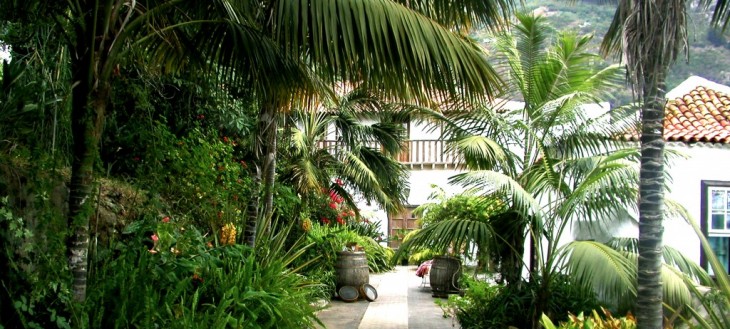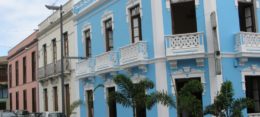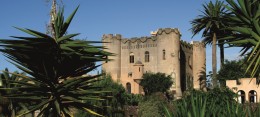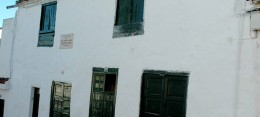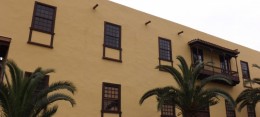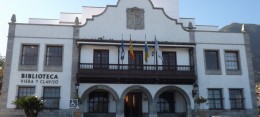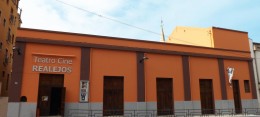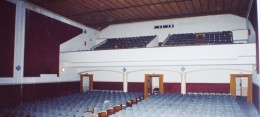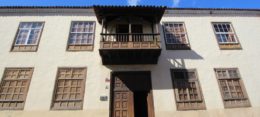Despite the fact that many historic buildings have disappeared, largely due to the economic development of the last years, many interesting buildings can still be found in the municipality. These buildings portray the town’s past, which was full of events and artistic, cultural and social projects.
Regardless of the town’s many urban areas, features of its architectural prominence, both civil and religious, are mainly present in the neighbourhoods of Realejo Alto, Realejo Bajo and San Agustín.
Most of the owners of these historic buildings were members of the agricultural bourgeoisie. Their architectural style represented different artistic movements, ranging from traditional architecture –which is the most widespread and significant- to classicistic and eclectic styles.
The majority of them date back to the 18th and 19th centuries, with some 20th-century features. The construction materials used included whitewashed masonry walls, wood (mostly ‘tea’ wood) for the openings, stairs, support columns, roofs, etc. Gypsum and tile were also used, depending on the artistic trend.
The traditional house features a flat façade, either with or without a balcony, and a central, side or rear patio. It’s not unusual to find buildings with a fusion of styles, which can be found behind the façade.
Examples of these architectural styles are spread throughout each and every urban area in the municipality.


